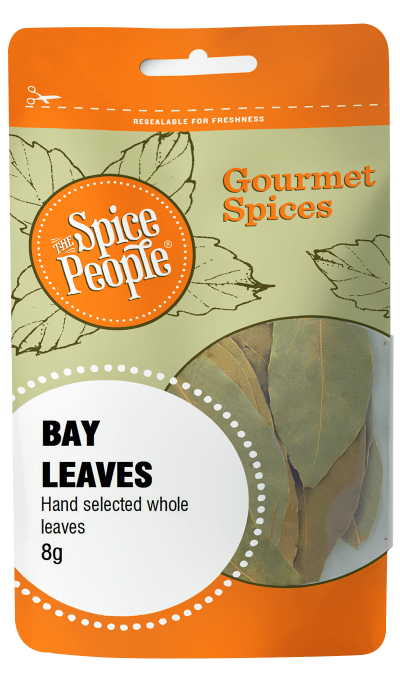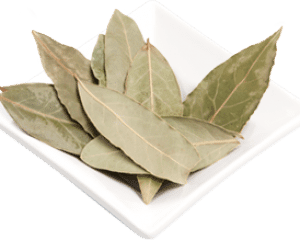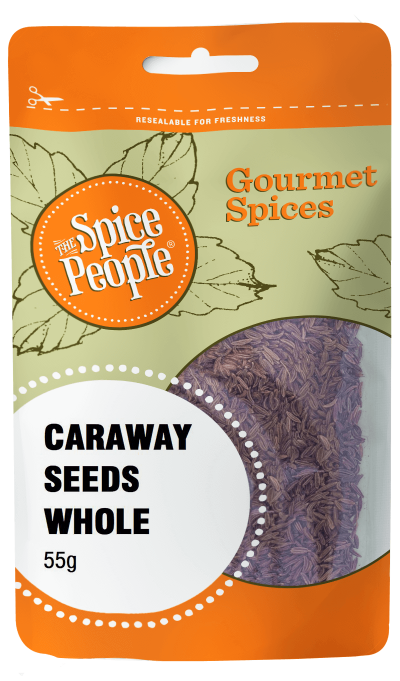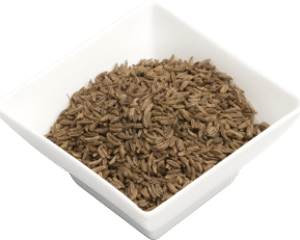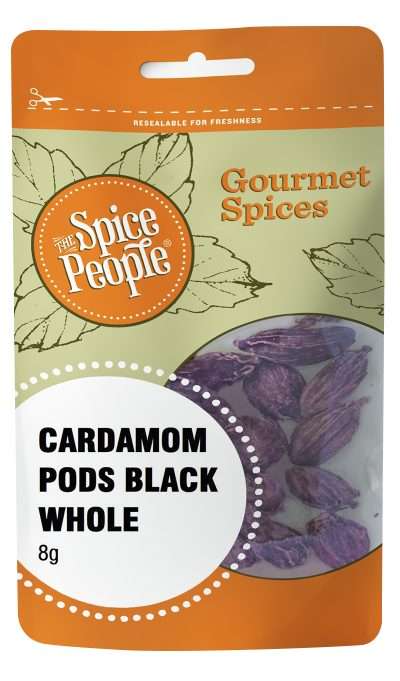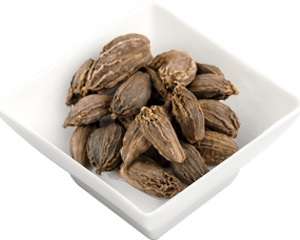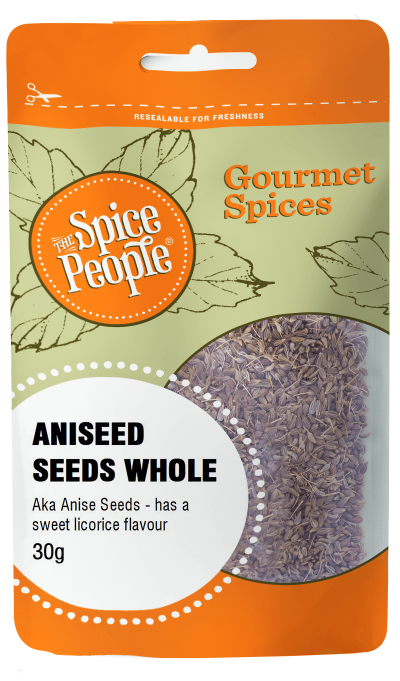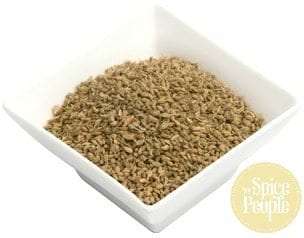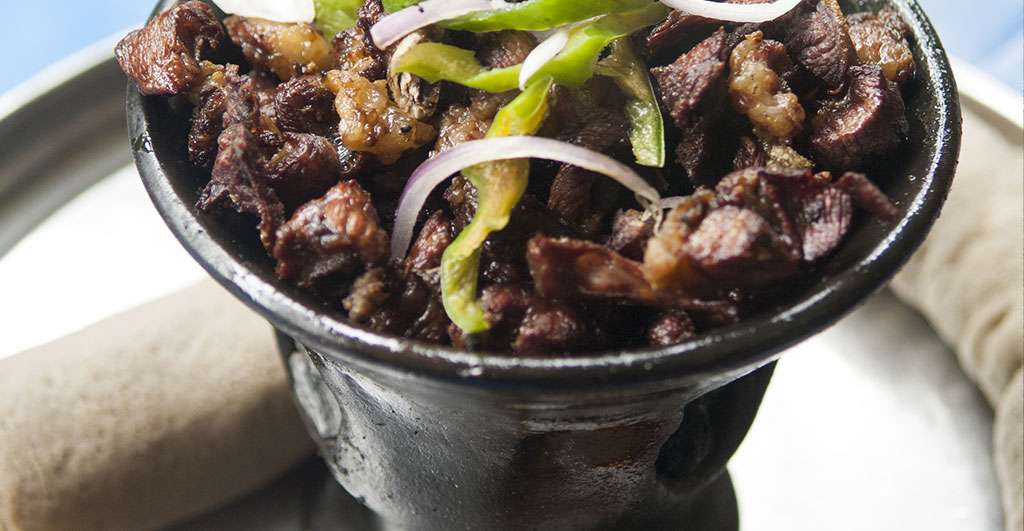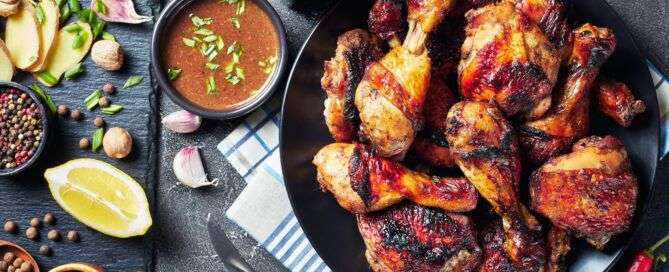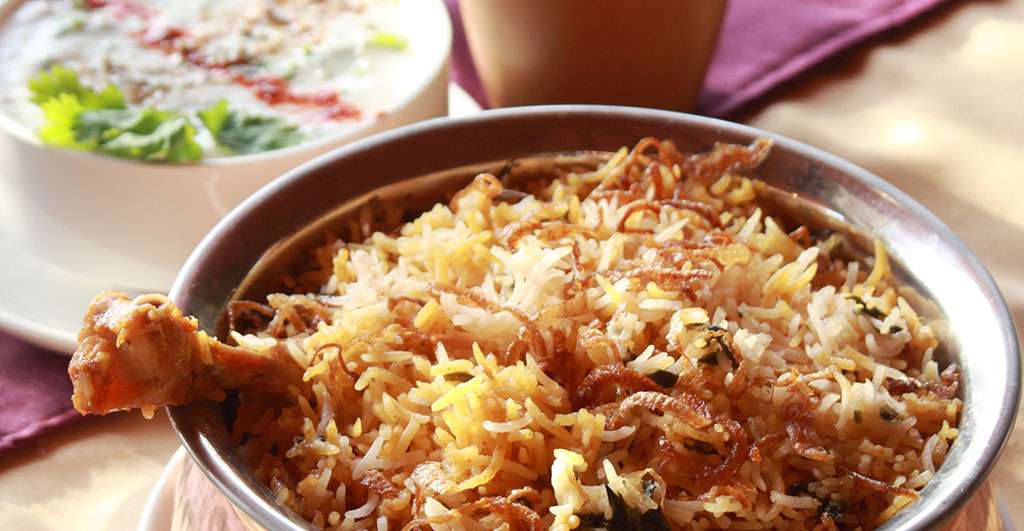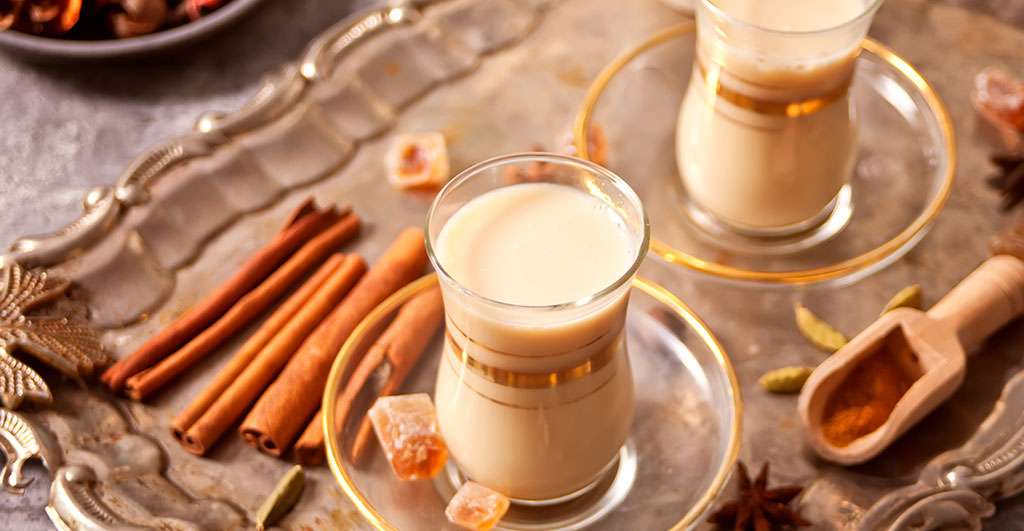Sesame Seeds White whole – 250g
24 in stock
Product description
Sesame Seeds White are tiny, flat oval seeds from the sesame plant whose pods pop open when it reaches maturity scattering the seeds, hence the term “Open Sesame”. The seeds can have different colours including white and black. Sesame Seeds White are hulled seeds, with an earthy, nutty flavour, soft texture, and aroma of lightly caramelized milk, vanilla, and honey. For this reason, they are better suited for sweeter recipes such as cakes and sesame bars and are the most popular used in cooking. White seeds are sprinkled on bread & biscuits. The ground form makes delightful sweet desserts including halva. They are popular due to its distinctive flavour especially in European, South Middle East and Asian cuisine, while sesame seeds Black are used in East Asian cuisines in both dishes and as a garnish. We also stock Sesame Seeds Black.
Flavour Notes:
White sesame seeds have a slightly sweet, nutty flavour that’s further enhanced when they’re toasted or added into warm dishes. They can be used in both sweet and savoury dishes to add a distinct nutty flavour.
Culinary Notes:
Sesame seeds white can be used in several types of dishes. White seeds are sprinkled on bread & biscuits. The ground form makes delightful sweet desserts including halva.
Health Benefits:
Sesame seeds White have high mineral content and an excellent source of magnesium, copper, zinc, iron, and phosphorous. The copper helps to have healthy skin, nails, and the immune system. They are an excellent source of calcium. Also, they contain B vitamins, niacin, and folate.
Ingredients:
100% dried Whole White Sesame Seeds
How to use

The Spice People FAQs


The Spice People FAQs

Other Spices you may like
Featured in



Join the Spice People to Get Started on Your Culinary Spice Journey!
Be the first to hear about our exclusive promotions, new product releases, recipes and more.






